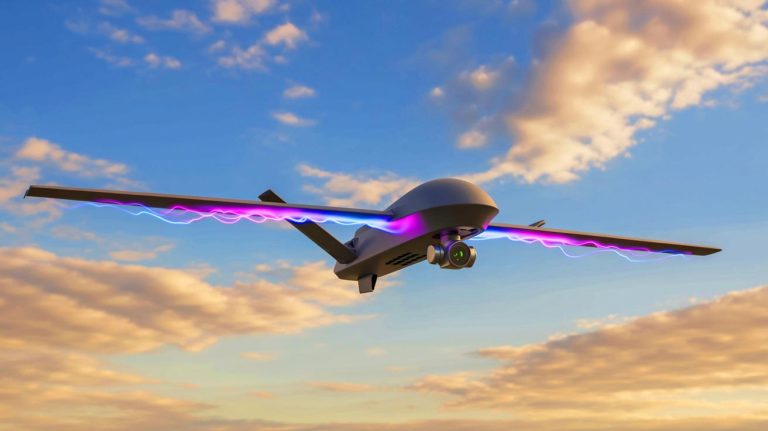| IN A NUTSHELL |
|
The world of aviation is witnessing groundbreaking advancements, particularly in the realm of drone technology. Chinese scientists are at the forefront of innovation, introducing plasma excitation technology to significantly enhance drone efficiency. This development promises to revolutionize high-altitude drone operations, which are crucial for both military and civilian applications. By manipulating airflow with electrically charged particles, drones can now achieve improved aerodynamic performance, paving the way for longer and more efficient flights. This article explores the intricate details of this technology and its potential implications.
Plasma Excitation: A Game-Changer for Aerodynamics
The application of plasma excitation technology is reshaping our understanding of aerodynamics, particularly for high-altitude drones. At heights above 32,800 feet, the atmosphere is thin, posing challenges for traditional aerodynamic forces like lift. This is where plasma technology steps in, offering a solution by charging air particles around the aircraft’s wings. By doing so, it prevents airflow separation, a common issue that drastically reduces lift. The success of this technology lies in its ability to maintain efficient lift even at low speeds and under heavy payloads.
Research conducted by the China Aerodynamics Research and Development Centre (CARDC) has shown promising results. Their tests indicate that the use of a plasma generator on drone wings can improve the lift-to-drag ratio by up to 88%. This is a significant improvement, especially for high-altitude, long-endurance (HALE) drones, which rely heavily on maintaining aerodynamic efficiency over long periods. The potential for extending drone endurance is substantial, offering new possibilities for reconnaissance, surveillance, and other critical missions.
Addressing Challenges with Closed-Loop Control Systems
While plasma excitation offers numerous advantages, it also introduces complexities. The generation of plasma bursts can lead to plasma vortices, which cause instability during flight maneuvers like climbing or turning. To mitigate these risks, the researchers are developing a closed-loop control system. This system aims to adjust the plasma output in real-time, much like an autopilot, ensuring stable flight conditions.
If successful, this control mechanism could revolutionize drone operations by allowing significantly longer flights without the need for frequent refueling or recharging. This would enhance the capabilities of drones in various sectors, from military surveillance to disaster response. The adaptability of plasma-based systems also opens doors for applications in other aircraft types or even space vehicles, where similar environmental challenges exist. With the global push towards green aviation and low-energy systems, plasma control technology could soon become a cornerstone of aerospace innovation.
Implications for Military and Civilian Applications
The introduction of plasma technology in drones is poised to have far-reaching implications, especially in military and civilian domains. High-altitude drones are critical for missions that require extensive coverage and endurance, such as reconnaissance, surveillance, and disaster assessment. The ability to stay airborne for extended periods enhances operational efficiency and effectiveness, providing a strategic advantage.
In the military sector, the demand for long-endurance drones is continually rising, driven by the need for persistent surveillance and intelligence gathering. The improvements brought by plasma technology could potentially give China an edge in next-generation aircraft and drone design. This advancement not only strengthens national defense capabilities but also positions China as a leader in aerospace technology.
The Future of Drone Technology
As the world moves towards more sustainable and efficient technologies, the role of plasma excitation in drones becomes increasingly significant. Its potential to reduce energy consumption and extend flight duration aligns well with global trends in green technology and sustainable aviation. The research and development efforts led by CARDC highlight the growing importance of innovative solutions in overcoming traditional aerospace challenges.
As other nations observe China’s advancements, there is likely to be a surge in research and investment in similar technologies worldwide. This could lead to a new era of aerospace innovation, characterized by more efficient, reliable, and versatile aircraft. The integration of plasma technology not only promises to enhance current capabilities but also opens up new possibilities for future applications in both civilian and military sectors.
As we stand on the brink of a new era in aviation, one question remains: How will the widespread adoption of plasma technology shape the future of aerospace and redefine the boundaries of flight?
Did you like it? 4.4/5 (30)








Wow, 88% efficiency boost? That’s insane! Are there any limitations to this technology? 🤔